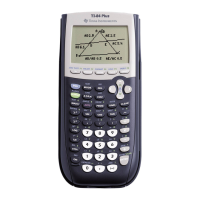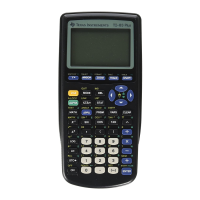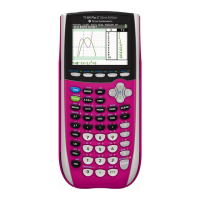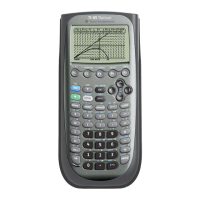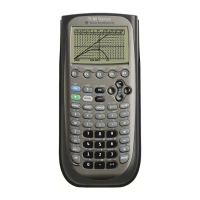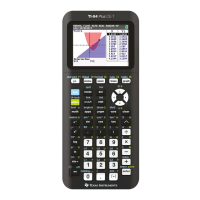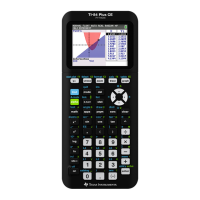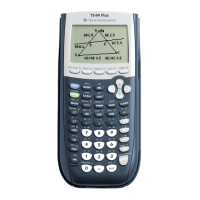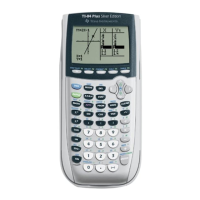25
G
RAPHING
T
ECHNOLOGY
G
UIDE
: TI-82
Copyright © Houghton Mifflin Company. All rights reserved.
2.7 Sequences
2.7.1 Iteration with the ANS Key: The ANS feature permits you to perform iteration, the process of evaluating a
function repeatedly. As an example, calculate
1
3
n −
for n = 27. Then calculate
1
3
n −
for n = the answer to the
previous calculation. Continue to use each answer as n in the next calculation. Here are keystrokes to accomplish
this iteration on the TI-82 calculator (see the results in Figure 2.70). Notice that when you use ANS in place of n in a
formula, it is sufficient to press ENTER to continue an iteration.
Iteration Keystrokes Display
1
27 ENTER
27
2
(2nd Ans – 1) ÷ 3 ENTER
8.666666667
3
ENTER
2.555555556
4
ENTER
.5185185185
5
ENTER
-.1604938272
Press ENTER several more times and see what happens with this iteration. You may wish to try it again with a
different starting value.
Figure 2.70: Iteration
2.7.2 Arithmetic and Geometric Sequences: Use iteration with the ANS variable to determine the n-th term of a
sequence. Enter the first term 7, then start the progression with the recursion formula, 2nd ANS + 4 ENTER. This
yields the 2nd term, so press ENTER sixteen more times to find the 18th term. For a geometric sequence whose
common ratio is 4, start the progression with 2nd ANS × 4 ENTER.
You can also define the sequence recursively with the TI-82 by selecting Seq in the MODE menu (see Figure 2.1).
Once again, let’s find the 18th term of an arithmetic sequence whose first term is 7 and whose common difference is
4. Press MODE ▼ ▼ ▼ ► ► ► ENTER 2nd QUIT. Then press Y= to edit either of the TI-82’s two sequences,
u
n
and v
n
. Make u
n
= u
n – 1
+ 4 by pressing 2nd u
n – 1
+ 4. Now make u
1
= 7 by pressing WINDOW and setting
UnStart = 7 and nStart = 1 (because the first term is u
1
where n = 1). Press 2nd QUIT to leave this menu and
return to the home screen. To find the 18th term of this sequence, calculate u
18
by pressing 2nd Y-
VARS
4 1 ( 18 )
ENTER (see Figure 2.71).
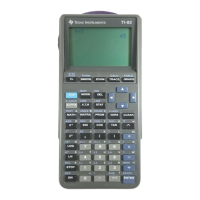
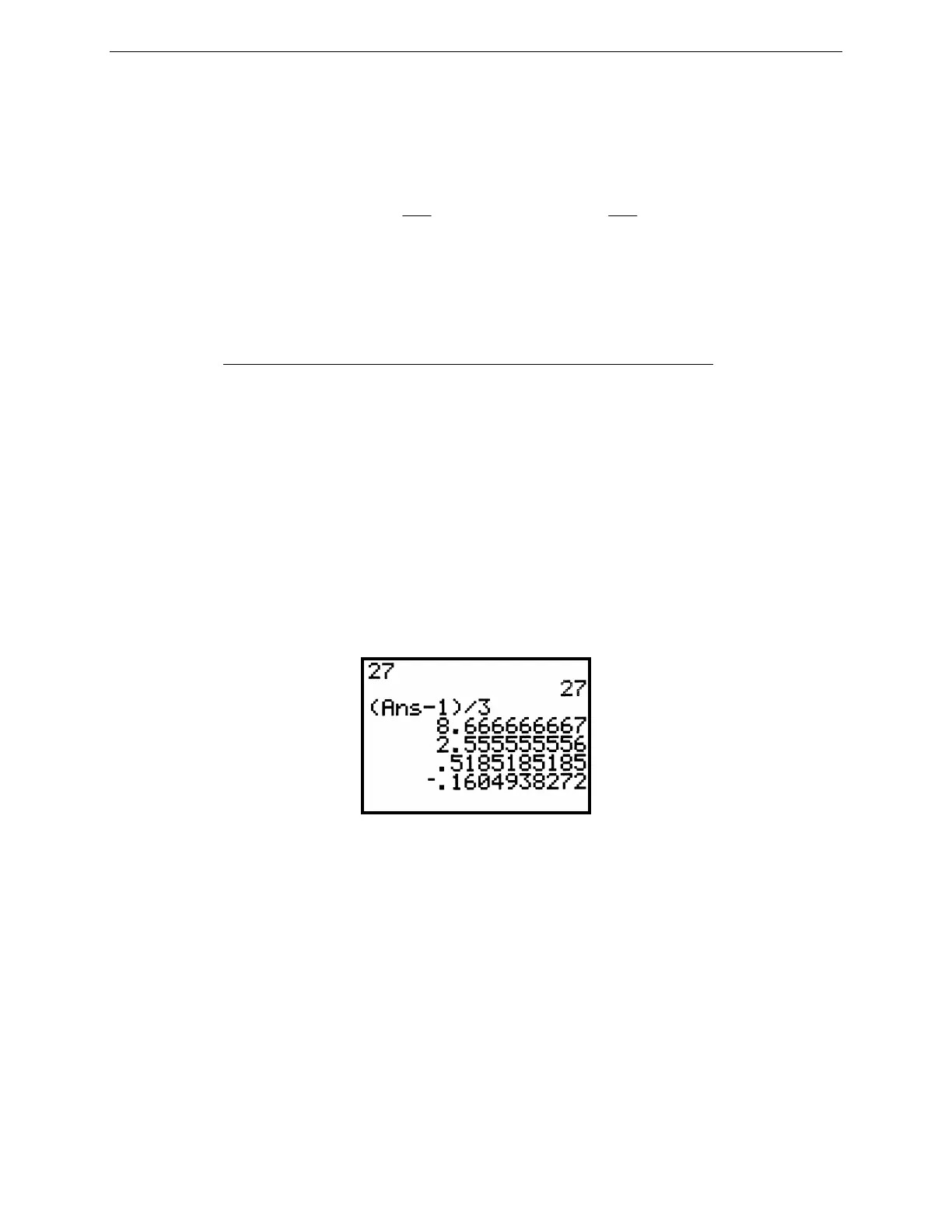